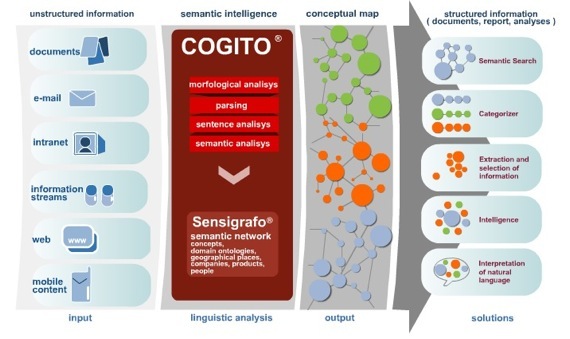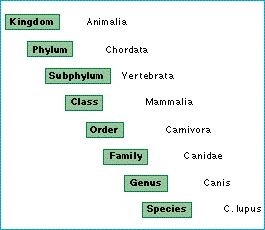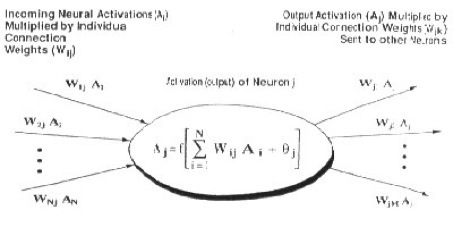Tools of AI
“...certain verbal reasoning processes so simple that they can be carried out by any non-feeble-minded human have yet to be simulated by machine programs”
- John McCarthy, Stanford,1959
The early 1980s were a time of great promise for AI; practitioners believed that machines would soon match and then exceed human intelligence. Some problems -- vision (interpretation of visual field), locomotion, common-sense reasoning, natural language processing (NLS) -- proved surprisingly intractable, but confidence remained that AI would prevail.
Every AI method is required to handle the problem of knowledge representation: information must be stored and be retrievable in a systematic and meaningful way. In object-oriented systems, also referred to as “frame” systems, knowledge is classified as a hierarchy, e.g.:

An artificial neural network is one that simulates the connectedness of the human brain to some extent. It might not use a neuronal model, but in most systems preserves the notion of a densely-connected network with weighted connections.
An expert system is a system that contains the know-how of experts in a particular field, distilled into what are essentially databases structured for specific types of information. It is usually built by a knowledge engineer, who consults closely with end users and domain experts, gathering requirements and feedback from the former, knowledge and expertise from the latter. A core challenge in development of expert systems is organizing the information. Some systems, such as one from Expert Systems (image below), attempt to find meaning in many forms of input, and largely without the intervention of a knowledge engineer. Elements of an expert system include (from Shortliffe, 1986)


* Symbolic rather than numeric representations of pertinent
knowledge from the domain (field) of application.
* General problem-solving procedures for using knowledge
stored in accordance with the prescribed conventions.
* Both general and domain-specific heuristics, or rules of
thumb, for limiting search and for dealing with areas in which
knowledge is limited or missing.
* Schemes, either numeric or categoric (algorithmic), for
dealing with the uncertainty in the domain.